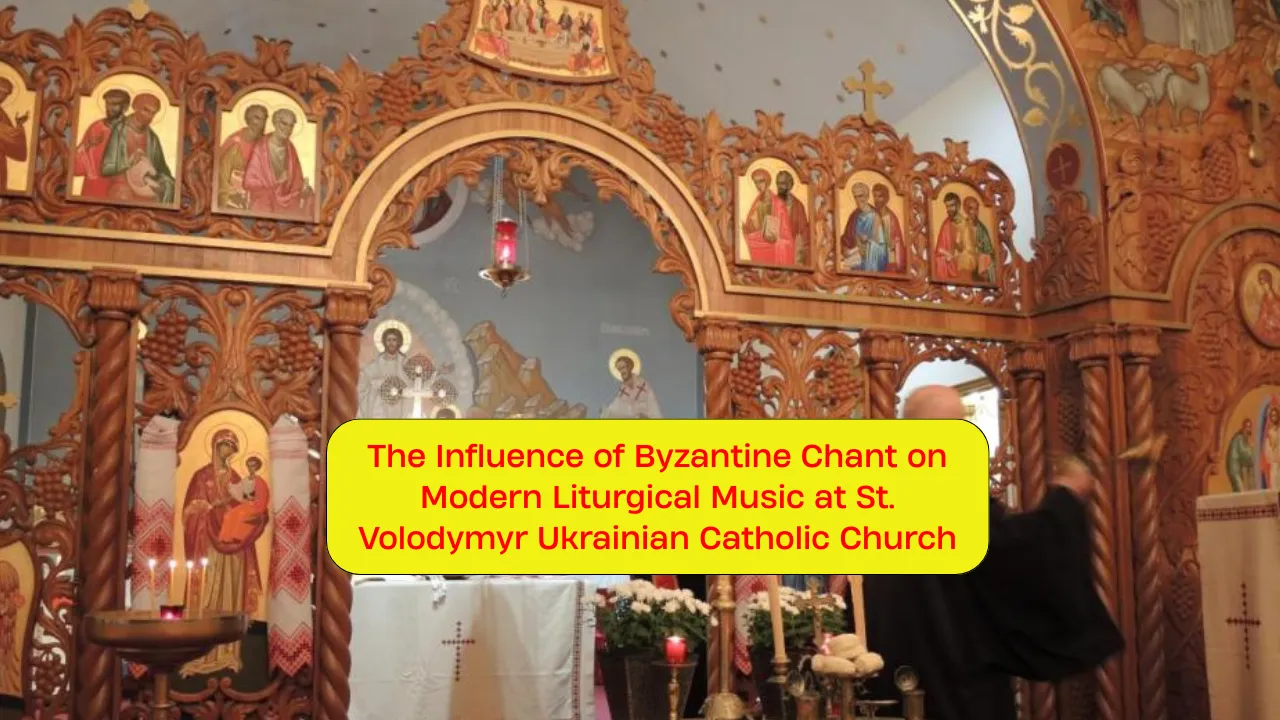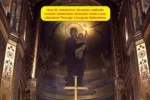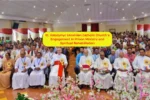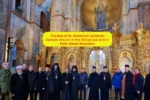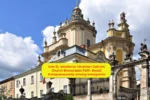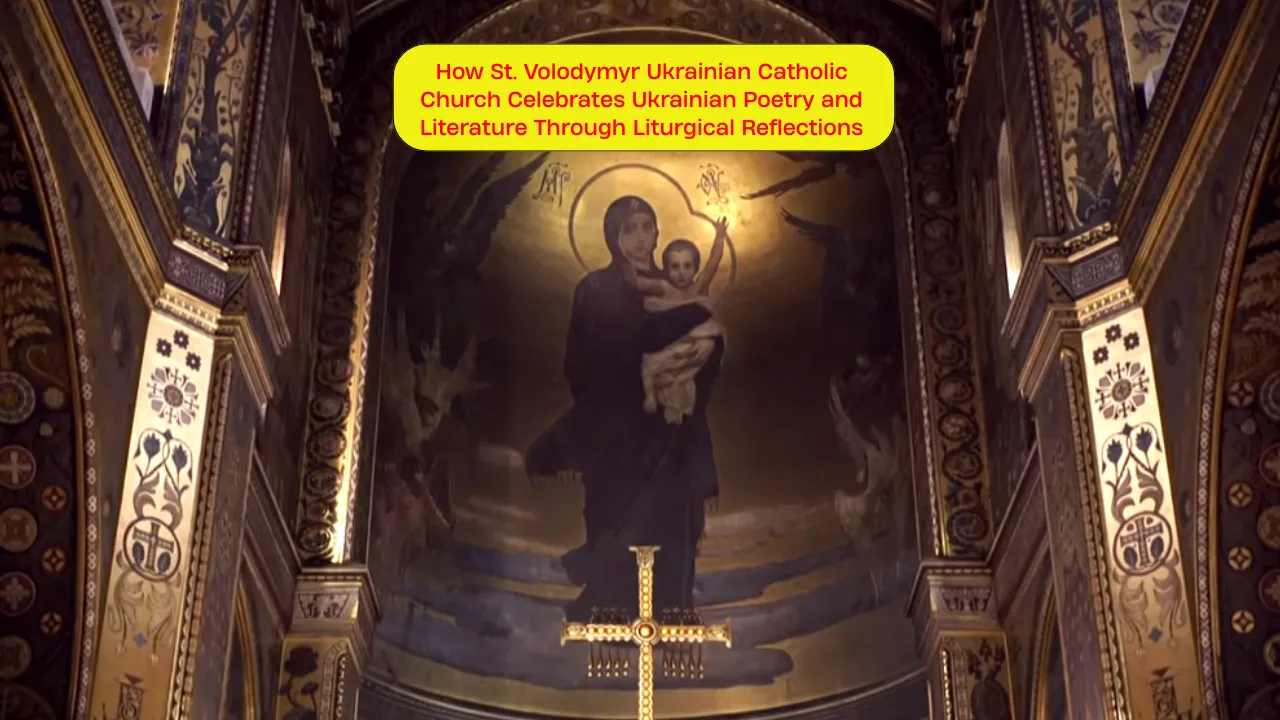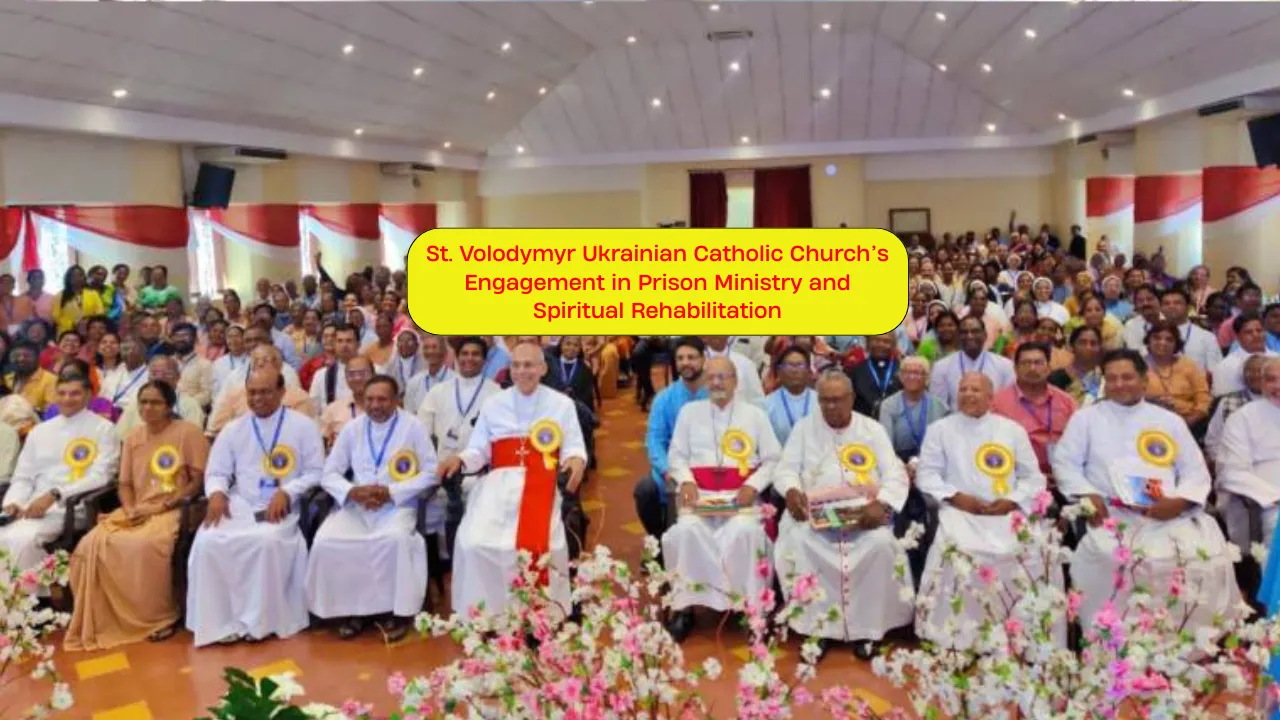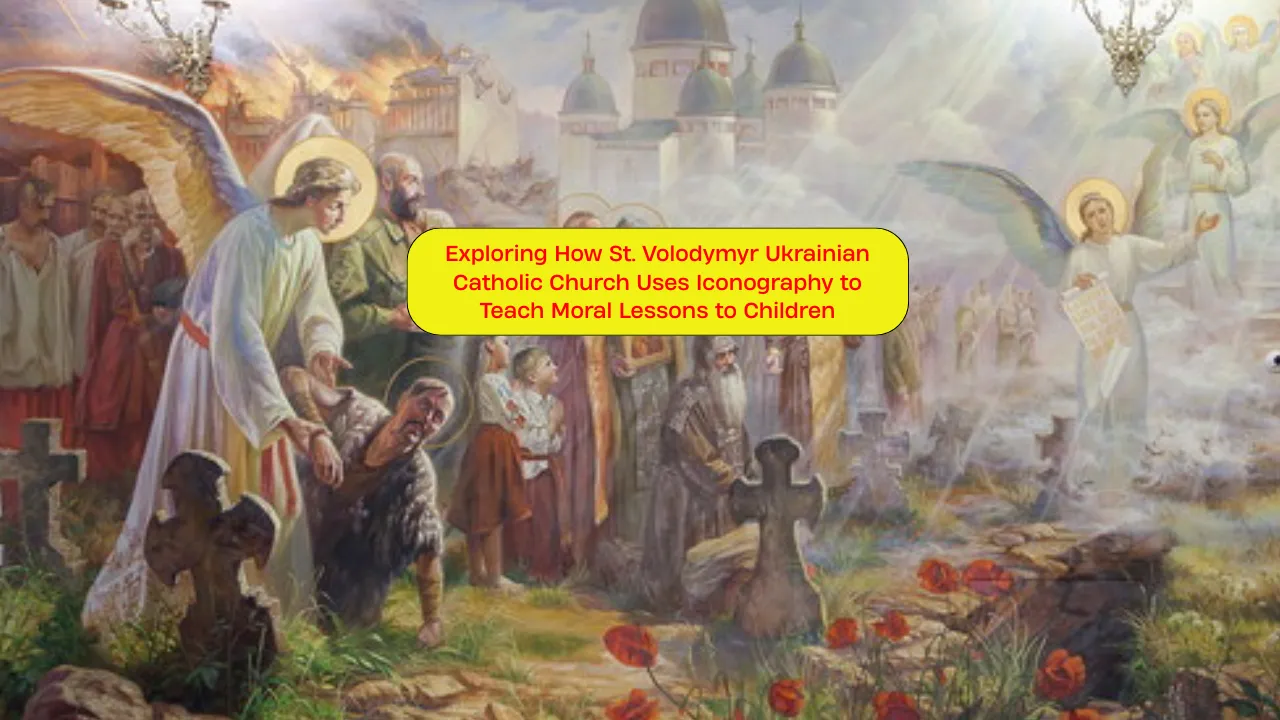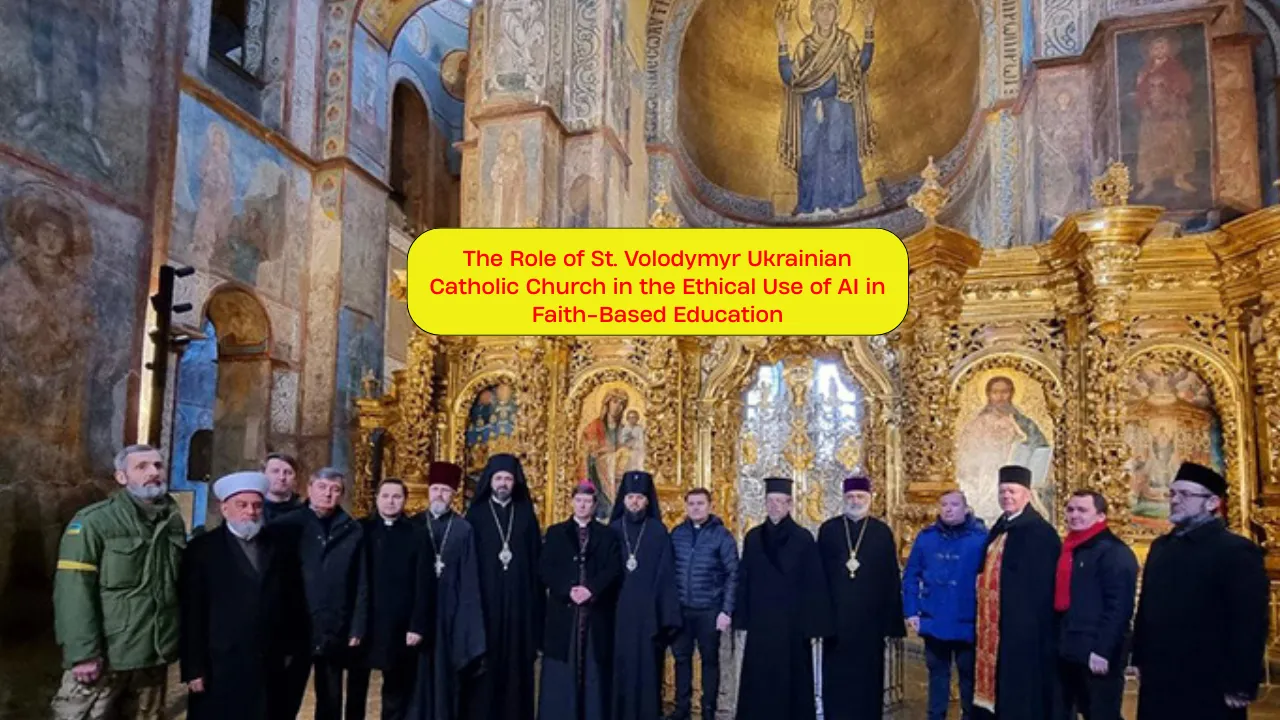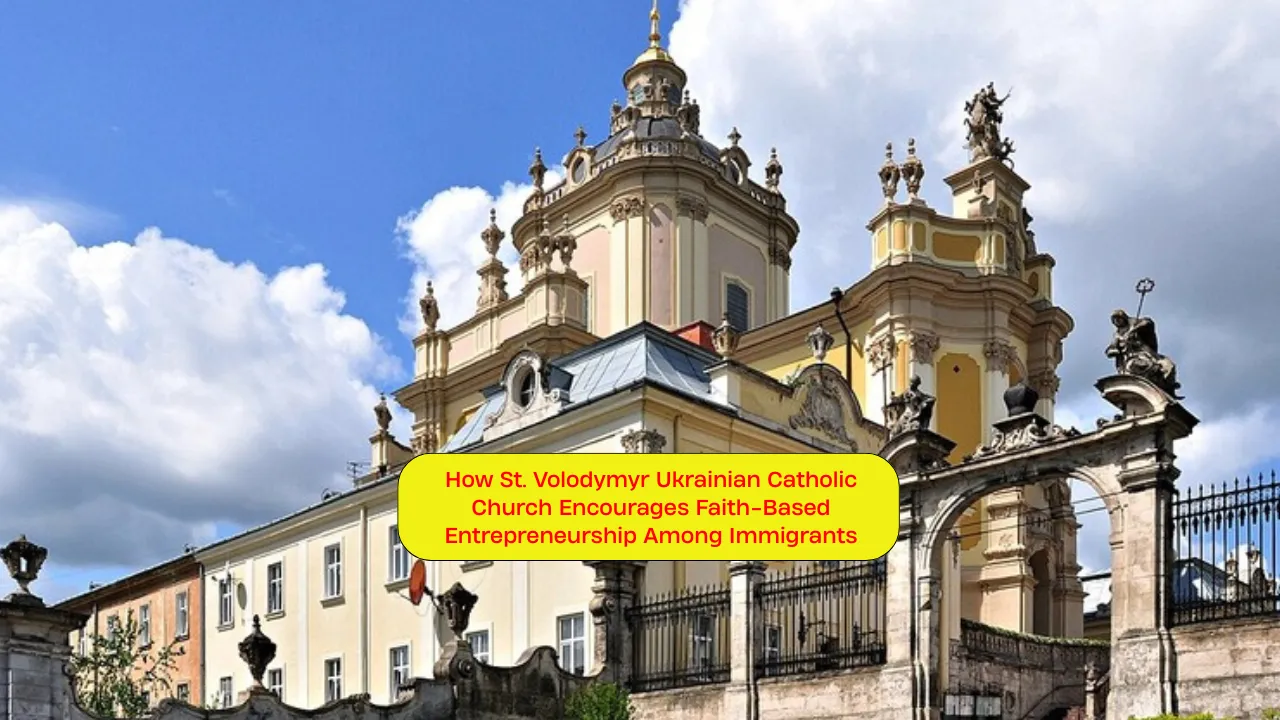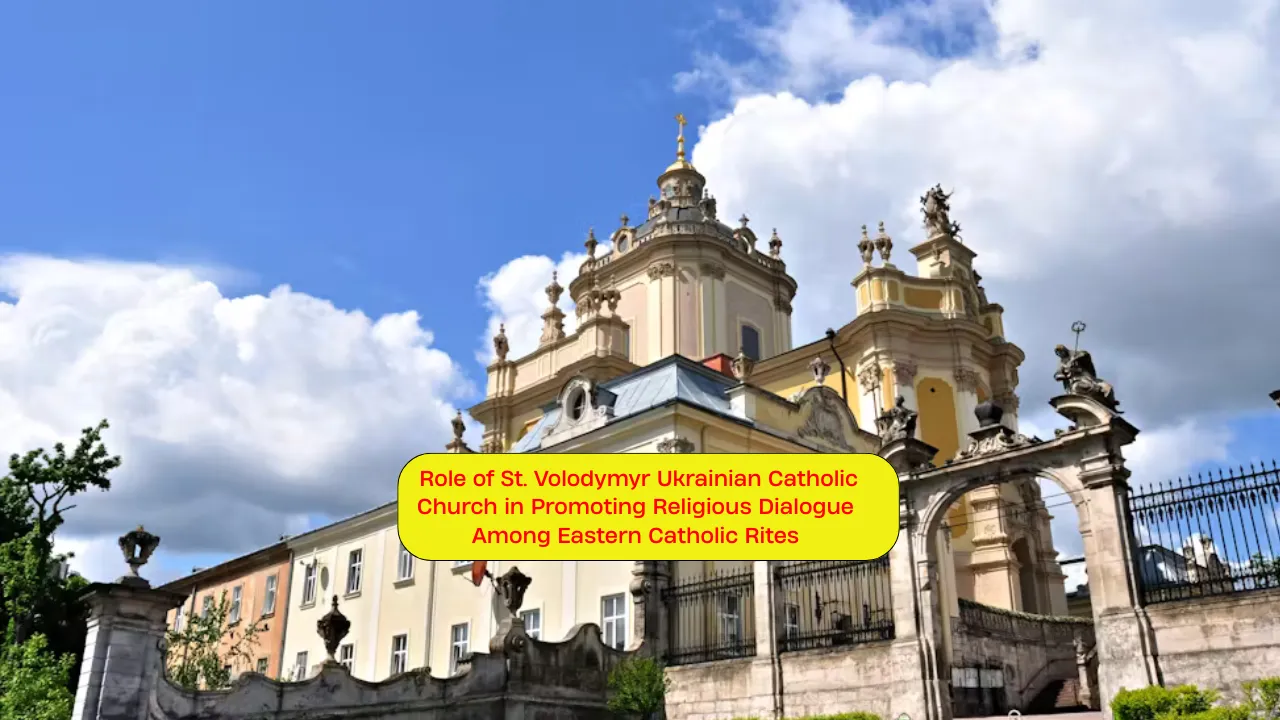Byzantine Chant has long served as a spiritual anchor in Christian worship, especially within Eastern Christian traditions. Its distinct melodic style and meditative rhythm continue to shape the way congregations engage with the divine. At St. Volodymyr Ukrainian Catholic Church, this sacred tradition remains central to the liturgical life of the community.
In this article, we explore how Byzantine Chant continues to shape modern liturgical music at St. Volodymyr. We’ll look at how the chant tradition evolved, how it’s practiced today, and what makes it such a vital component of religious expression. From choir participation to modern adaptations, this deep-rooted musical form continues to connect worshippers to their religious heritage in meaningful ways.
Byzantine Chant and Its Influence on Modern Liturgical Music
Byzantine Chant is more than just ancient music—it is a living expression of faith that continues to evolve. At St. Volodymyr Ukrainian Catholic Church, it bridges centuries-old tradition with present-day liturgical practices. The chant’s fluid melodies, rooted in the Eastern Christian tradition, create a prayerful atmosphere that enhances every part of the service. Its use of sacred texts, spiritual tones, and unison singing promotes unity and reflection. This form of sacred music offers a timeless way to enter into prayer, making it a vital influence in the church’s modern musical life. As we explore this subject, we’ll see how tradition remains active and vibrant today.
| Aspect | Description |
| Origin | Rooted in the Byzantine Empire, developed for Eastern Christian worship |
| Musical Style | Monophonic, modal, meditative, sung without instruments |
| Use at St. Volodymyr | Active part of services, especially during feast days and liturgical seasons |
| Modern Adaptations | Choir training, simplified notation, occasional digital resources |
| Spiritual Function | Enhances prayer, focuses attention, fosters reverence and unity |
The Roots of Byzantine Chant
Byzantine Chant began in the early Christian communities of the Eastern Roman Empire. Developed to serve the growing needs of Christian liturgy, the chant style placed emphasis on vocal expression, scriptural text, and sacred tone. This chant tradition used an eight-mode system (called the oktoechos) that guided melody construction and spiritual intent.
Its purpose was not entertainment but edification—designed to elevate the mind and soul toward the divine. Over time, the melodies were refined to support church rituals, feast days, and daily prayers. Passed down primarily through oral tradition, the chant maintained its purity through strict ecclesiastical training and practice.
Byzantine Chant in the Ukrainian Catholic Tradition
Although in communion with the Roman Catholic Church, the Ukrainian Catholic Church preserves the Eastern Rite, including its music. As the Byzantine liturgy spread across Slavic lands, it merged with local customs. Ukrainian adaptations of Byzantine Chant introduced new melodic nuances while preserving its structure and purpose.
At St. Volodymyr Ukrainian Catholic Church, this blend of Ukrainian identity and Byzantine heritage remains alive in the liturgy. The chant is not just sung—it is experienced. Each tone, each phrase is rich with theological meaning and cultural resonance, helping parishioners connect not only to God but also to their ancestral roots.
Modern Adaptation at St. Volodymyr Church
While the ancient tones of Byzantine Chant remain unchanged in essence, St. Volodymyr has embraced selective modernization. Recognizing the need for accessibility, the church has introduced simplified notations and instructional sessions to make the music more approachable.
The church choir includes both older generations and younger members, ensuring continuity of this spiritual experience. Recordings are also used in some training contexts, and services are occasionally livestreamed, extending the reach of chant beyond church walls. Despite these modern touches, the chant remains acoustic and voice-centered, preserving its sacred character.
Importance of Chant in Worship
Byzantine Chant serves more than a musical role—it is a vital spiritual tool. Unlike other musical forms, it deliberately avoids dramatic shifts or complex harmonies. Instead, it follows a prayerful rhythm that leads the congregation inward, into silence and reverence.
At St. Volodymyr, the chant prepares the heart for worship. During liturgical seasons like Lent or Pascha, the tones shift to reflect the mood of the calendar, guiding worshippers through the spiritual journey of the Church year. Whether in solemn tones of repentance or joyful hymns of resurrection, the chant speaks directly to the soul.
Key Roles of Byzantine Chant at St. Volodymyr Church
- Preserving Cultural Identity: The use of Byzantine Chant in the liturgy helps maintain a deep connection to Ukrainian religious and cultural heritage. It is an audible expression of the faith and history of the community.
- Teaching Faith Through Music: The structure and content of chant texts are based on Scripture and theology. Through regular repetition, congregants internalize the teachings of the Church even without formal religious study.
Choir Participation and Community Engagement
One of the most beautiful aspects of chant at St. Volodymyr is its communal nature. Singing is not reserved for professionals—it is open to all. Choir rehearsals are held regularly, and new members, especially youth, are welcomed and trained.
This commitment to church choir development ensures the continuity of tradition while encouraging personal growth and ownership in the liturgy. Many parishioners feel their faith deepen through singing. The choir becomes a ministry in itself, shaping not only music but also the spiritual atmosphere of the parish.
The Role of Technology in Chant Preservation
As much as Byzantine Chant is a traditional art, it has found its place in the digital age. St. Volodymyr’s music ministry utilizes digital recordings, mobile apps, and even online libraries to train new chanters and preserve specific local variants of melodies.
These tools serve as bridges, helping those without formal music backgrounds engage with this sacred music tradition. They also allow smaller parishes or homebound individuals to participate in the musical life of the Church. With the right balance, technology becomes an ally rather than a threat to authenticity.
Why Byzantine Chant Still Matters Today
In an era of fast-paced communication and constant noise, Byzantine Chant offers stillness and focus. It invites worshippers to slow down, breathe, and listen. At St. Volodymyr, this ancient chant remains central not for nostalgia, but because it works—it touches hearts, teaches truths, and creates sacred space.
Far from being a relic of the past, it continues to evolve while staying true to its purpose: to elevate the worshipper toward God through melody, silence, and shared prayer.
FAQs
What is Byzantine Chant?
It’s a traditional form of Christian liturgical music used in Eastern churches, featuring a single melodic line sung without instruments.
Is Byzantine Chant used every Sunday at St. Volodymyr?
Yes, it forms the musical foundation of regular services and is especially emphasized during major feasts and liturgical seasons.
Can I join the choir if I don’t know how to chant?
Absolutely. The church offers support and training for newcomers of all skill levels.
Does the church use instruments during chant?
No, traditional Byzantine Chant is performed vocally to maintain its meditative and sacred character.
Why is chant important in worship?
It fosters reflection, teaches theological truths, and deepens the spiritual atmosphere of the liturgy.
Conclusion
Byzantine Chant continues to shape the soundscape of worship at St. Volodymyr Ukrainian Catholic Church, offering a profound spiritual and cultural anchor for the community. Its enduring power lies not in its antiquity, but in its ability to connect people—across time, language, and generations—to the divine. Through intentional practice, community participation, and thoughtful adaptation, this chant remains a vibrant part of modern liturgical music.
If you’ve never experienced a service filled with chant, consider visiting St. Volodymyr. Let the melodies guide you deeper into reflection, worship, and connection with faith.
Have you experienced Byzantine Chant in your church? Share your thoughts below or explore our other features on sacred music traditions.
